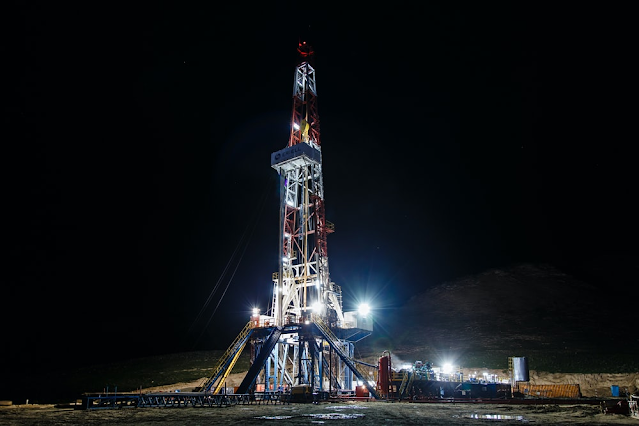How Does Mud Pulse Telemetry Work? A Brief Guide

Mud pulse telemetry is one of the many interesting technologies used in modern boring. Here's how it works. What Is Mud Pulse Telemetry? Mud pulse telemetry is a technology used in True Shot's M1 Unmanned MWD tool . The technology is used to communicate drill bit orientation data through the earth. The data is received by engineers who fine-tune and maneuver the drill bit accordingly. What Does Mud Pulse Telemetry Do The measurement while drilling (MWD) system is vital in directional drills. The downhole tool precisely measures the azimuth (horizontal orientation) and the drill bit's inclination (virtual orientation). This tells the drill operators which direction the drill is going and allows them to make desired changes in direction accordingly. The problem is that the measurement data cannot be transferred through radio waves or other electromagnetic waves. The earth interacts with electromagnetic waves, and they can't get through. The solution is mud pu...

